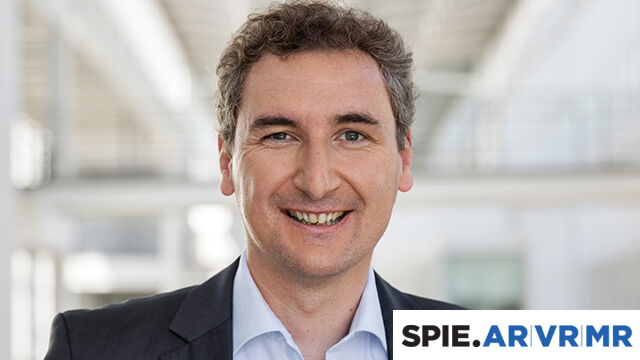Date: 2022/01/22 – 2022/01/24
Dr. Tobias Steinel
Location: San Francisco/CA, USA
Novel display technologies for AR/VR/MR devices require distinct tests to control quality during development and in production. Sharpness and contrast tests are particularly important due to the complex overlay of real and augmented images. Clear and immersive perception of the augmented or virtual reality requires optimal optical differentiation between different display contents. Typically, the modulation transfer function (MTF) acts a measure for sharpness and contrast. For accurate MTF measurement, an imaging test system should be based on a lens system that mimics the human eye system and have a similar-sized entrance pupil in front of the lens.
We propose two approaches to cover the complementary testing needs from lab to production. Goniometric MTF measurements, sampling a comparatively small field of view (FOV) and one-shot solutions with a large FOV to cover the entire near-eye display (NED). Both have their advantages. Goniometric measurements can have extraordinary high angular resolution and hence enable high MTF resolution. Imaging systems with large FOV allow one-shot measurement, which makes new tests possible, e.g. fast temporal and spatial evaluation of sharpness distribution.
In this paper we present a comparison of the two approaches and evaluate the correlation between the two measurement approaches. We make use of that correlation to evaluate the extension of the high angular resolution of the goniometric approach to a fast and accurate 2D MTF measurement tailored for production takt times.
Register here to attend

